While many organisations have adopted change management it is often applied on isolated projects and initiatives. Organisations at the forefront of change management practice are moving beyond this approach and seeking to develop enterprise-wide change management capability. Prosci, a world-leader in change management best practice, has accumulated almost twenty years of research and development to address how to build enterprise-wide change management capability.
Defining Enterprise Change Management (ECM)
So, what is ECM? Think of ECM as the systematic deployment of change management across portfolio of projects, programmes and initiatives in the organisation. It is also about ensuring that there are the necessary human resources, structures, processes, skillsets, methodology and tools to support an organisation-wide deployment throughout an organisation.
The intent of ECM is to:
-
Make sure your projects deliver on that portion of ROI that depends on people adopting and using the technical solution being deployed
-
Mitigate change saturation and its negative impact on people, the organisation and benefits realisation from your projects
-
Develop capabilities inherent in agile organisations better able to adapt to an increasing volume and velocity of change
-
Make your change-ability a source of competitive advantage or increase your capacity to deliver public good
-
Better utilise your human capital by changing how you change and increasing employee engagement
Three critical aspects of ECM
There are three aspects we would expect to see in an organisation that has effectively adopted ECM.
-
Practitioners have available and use a common set of practices, processes and tools for managing the people side of change
-
Leaders at all levels, from supervisors to senior executives, exhibiting the competencies critical to effectively lead change
-
The organisation demonstrates a strategic change management capability that allows it to be agile, change-ready and quick to react to changes in its environment
ECM therefore has multiple dimensions. It is not just about training, although skills are a critical building block. It is not just about having the right tools, although they are key. It is not just about culture, although it is essential to get the fit right. ECM brings a holistic, systems-thinking approach to change how we change. In so doing, we transform how we identify, select, prioritise, implement and embed change in the organisation.

1. Common practices, processes and tools
We frequently see organisations where multiple project management methodologies or frameworks are being applied simultaneously on an ad-hoc basis. As a result, there is little economy of learning across project teams, reduced trust in governance arrangements and assurances, and a dependence on a limited number of individuals as the basis of organisational capability. There is a risk that change management can develop in a similar manner. There are numerous processes available to manage the people side of change. While all can be beneficial, a common approach is likely to yield the best results. No matter which approach you decide to adopt, an effective ECM process should:
-
Start when the change is initiated and not after the project is well under way or during the implementation phase
-
Integrate with project management practices and activities to ensure a single unified approach to designing, developing and deploying the change
-
Establish a common language for change management that will allow all your people in your organisation to understand it, creating economies of learning as a result
2. Leadership competency at all levels
When change management has become a leadership competency we should be seeing leaders at all levels exhibiting the skills throughout an organisation. While organisations may vary, we generally consider the following groups who need to be aware of change management and its value. Each group needs to develop specific competencies to engage in change effectively. They include:
-
Senior leaders
-
Project leaders & team members
-
HR, training and organisational development professional
-
Managers and supervisors
-
Front-line employees
As the organisation builds its ECM capability, individuals move from seeing "effectively managing change" as someone else's responsibility to one of their own. They appreciate and deliver on their own unique role in a change.
3. A demonstrable strategic capability
Developing ECM as a strategic capability to perform allows your organisation to "out-change" your competitors, creating the potential for competitive advantage. As organisations take on more change and more complex changes, amid greater uncertainty, ECM capability is becoming key to an organisation's sustainability, resilience and agility.

What does this mean for you?
If you are looking to increase the success rate of your changes, develop higher capacity for change, and reduce the time to benefits realisation, Enterprise Change Management can help. Consider the structural elements (processes and tools) and human capital (skills and competences) that you need to thrive. With focus and intention your organisation can successfully embrace this journey and reap the rewards.

Written By Angelo McNeive
Angelo McNeive is Co-founder and Head of Change Practice for STEPSTONE Consulting. He helps organisations become more human places to work by developing their enterprise change and project management capabilities. Angelo is a Chartered Psychologist in Ireland and a Chartered Fellow of the CIPD.

